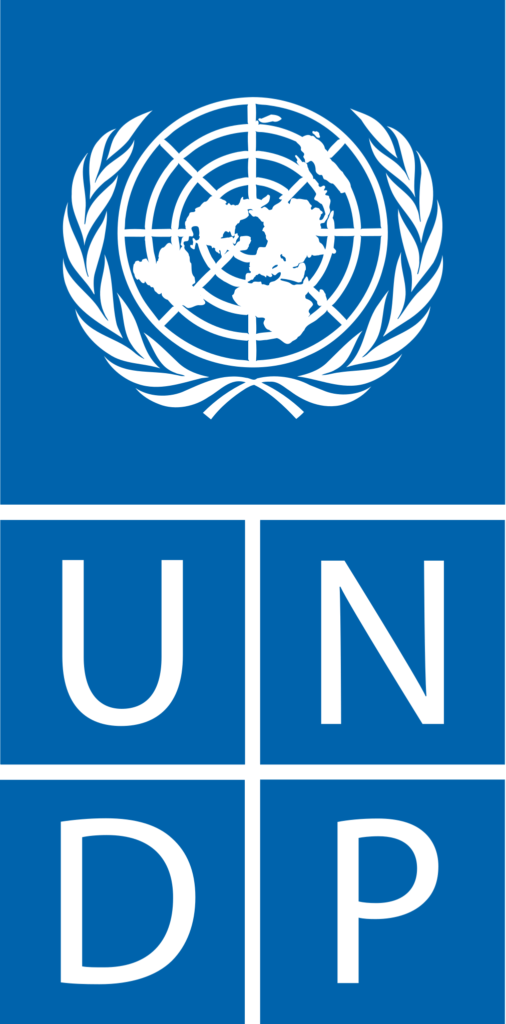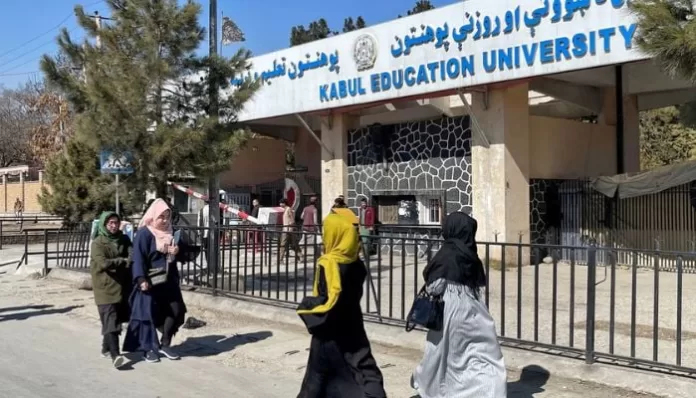Since the US withdrawal from Afghanistan in August 2021, women are deprived of educational access because of the Taliban perception and their misinterpretation of Islamic principles related to women’s education. The Taliban’s discriminatory policies not only promoted gender inequality and patriarchy but deprived women of their fundamental human right to education. The restrictions on women’s education have some economic implications as well. The purpose of the article is to investigate the challenges on women education brought about by the Taliban regime in 2021 and to elaborate possible solutions. Since August 15th, 2021, a de facto regime in Afghanistan consolidated power; the new administration made a handful but rigid policies regarding women’s education in Afghanistan. At the outset, they allowed women to carry on their education to the university level but in a gender-segregated classroom while completely following Islamic standards and provisions. The educational situation started to worsen in September 2021 when the Afghan Minister of Higher Education Abdul Baqi Haqqani announced that schools for both males and females would be opened in March 2022 because they require time to update an educational curriculum according to Islamic values. But in October 2021, he was replaced by the new conservative mindset minister Nida Mohammad Nadeem who was entirely antagonistic towards women’s education. He issued an order from the Ministry of Higher Education and suspended women from all public and higher sectors of education.

According to Al Jazeera, in January 2022, the Deputy Minister of Culture and Information of Afghanistan, Zabiullah Mujahid spoke to the press about an inadequate budget for the education sector. Seeing this situation many international organizations and governments offered salaries to teachers. The Taliban administration has enforced over twenty decrees on women’s education each of them adding more and more restrictions. The decrees include bans on a mixed educational environment from primary level education for women, few majors in universities such as law and media open to women and restricting female lecturers from the universities. These laws intended to marginalize women and wipe them out from the educational sector. Besides these laws, the Taliban also targeted schools of girls which resulted in panic and terror among women and parents.
During the first tenure of the Taliban rule, women were completely banned from education institutions. According to the World Bank, before the invasion of the U.S. about 22% of the total boy’s population was in schools and women’s participation in educational institutes was a drop in the ocean. After the invasion, women’s enrollment rates in schools and universities had rapidly grown and women were also enrolled in the public-private education sectors.
The discipline of gender and women’s study was introduced and taught in the universities. Public and private universities for women were constructed with the aim of their contribution to the country’s economy. According to United States Institute of Peace, before 2021: 3,816,793 Afghan women were enrolled at the intermediate level; 10,000 women were admitted to universities; there were 2,439 female lecturers in universities; 18,765 fully functioning schools across the country and had 80,554 female teachers; the country was on it’s way to development but just after assuming power, the Taliban immediately removed this progress and confined women to their homes. Education is the fundamental right of every human being and a way towards a country’s development and prosperity. Education is as important for women as for men because it is a woman who brings up her children and makes them a beneficial citizen of the state.
An educated woman not only changes the lives of her children but also participates in the socio-economic development of the country. But in Afghanistan, the situation is different, especially under the Taliban government.
The U.S. withdrawal and the Taliban regime takeover of Afghanistan pose a significant challenge to women’s education across the country. A country with a history of decades of war will need more than fifty to a hundred years to come out of the traumas of war and to live a life with the provision of human rights, free of gender discrimination, and to live a prosperous life by concentrating on its national interest which was once a puppet in the hand of other countries. The ban on women education significant some implications as lack of education restrict women’s capability to be a part of any workforce, leading to a major economic loss.

The United Nation Development Program (UNDP) estimated that excluding women from work force results in an annual economic loss of $1billion, which makes 5% of Afghanistan GDP. The exclusion of women from education institutes will limit economic productivity and also reinforce poverty, as 97% of the Afghan population is living below the poverty line. Marginalizing women’s education will strengthen gender discrimination, which can potentially lead to domestic violence and social exclusion; mental health issues such as helplessness and low self-esteem.
A continuous immense pressure should be maintained on the Taliban by the international community and organizations to allow free, open, and safe access to women for education across the country. Organized and coordinated advocacy efforts are required to pressurize the Taliban to lift the ban on girls’ second ary and on higher education. Women education awareness programs should be launched emphasizing the importance of women’s education and its compatibility with Islam.
Moreover, by engaging local religious leaders and head of tribes support for women education could be gained. Education is the fundamental right of every human being and a way towards a country’s development and prosperity. Education is important for women as it is a woman who brings up her children and makes them a citizens of the state. An educated woman not only changes the lives of her children but also participates in the socioeconomic development of the country.
But in Afghanistan, the situation is different, especially under the Taliban government, as the Taliban return to a power marked a catastrophic regression for women’s education in Afghanistan. The security conditions in Afghanistan after the Taliban restricted women’s participation in educational institutions as the Taliban frequently target women’s education institutions and strongly oppose the same, which causes continuous fear and insecurity among parents and girls. The Taliban education policies have an immediate effect on women’s education, results into increased economic burdens, mental health issues, and a decline in education standards. These challenges may pose a significant threat to the future of the Afghan generation and stability of Afghan society. In a nutshell, societies that fail to educate women may experience higher levels of unrest and conflict.
By making women education a stabilizing force, the Afghan Taliban can receive a significant share of humanitarian aid from international community, which can boost its economic growth leading to ensuring overall human security in the country.





